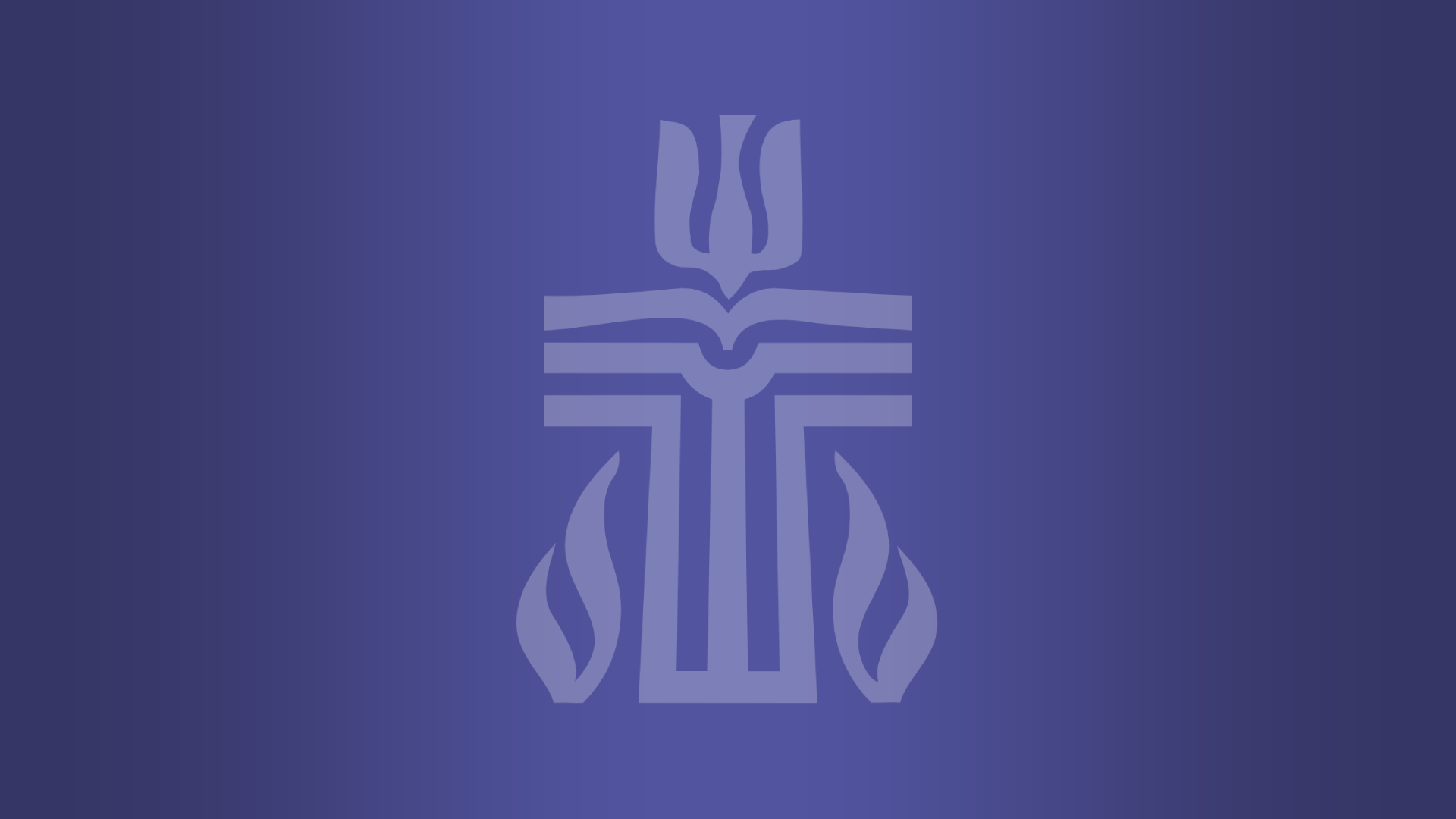Restorative Actions explains to Synod School the work it’s undertaken
To date, individuals, congregations and mid councils have surrendered nearly $1 million to oppose racism and racial privilege

October 9, 2023

Born in the Synod of Lakes and Prairies, Restorative Actions describes itself as “a grassroots voluntary initiative for churches, individuals, mid councils and agencies of the Presbyterian Church (U.S.A.), as well as ecumenical partners and interested organizations, to take a leadership stance in opposed to racism and racial privilege” by allowing “U.S. Americans who benefit from institutional racism to provide a credible witness for justice by surrendering ill-gotten gains toward the establishment of just relationships with Afro-Americans and Indigenous communities.”
Three key Restorative Actions proponents — Melissa Carter, Jim Koon and the Rev. Jermaine Ross-Allam — offered a mini-course on Restorative Actions’ work so far during this year’s Synod School held at Buena Vista University. Carter is Restorative Actions’ administrative volunteer and program advocate and a member of Oak Grove Presbyterian Church in Bloomington, Minnesota. Koon is the synod’s director of financial services and treasurer. Ross-Allam is director of the Presbyterian Mission Agency’s Center for the Repair of Historic Harms. With financial help from the Presbyterian Foundation, Mel Wilkerson, Restorative Actions’ community engagement and administrative operations manager, is the organization’s sole paid staff member.

During the mini-course, Koon recalled some of the earliest conversations around reparations. “You would see people recoil at the mention of it, or, like I did at first, say, ‘It makes sense, but it’s never going to happen,’” he said. As the Co-Moderator of the 224th General Assembly (2020), the Rev. Gregory Bentley says in a Restorative Actions video, “We are trying to answer the question, what can white people do? This allows us to play that role,” Koon noted.
Koon helped outline the wealth gap between white households in the United States and those of Indigenous and Afro-Americans. Correcting the disparity between the first group and the latter two would require a payment of $13 trillion, nearly half the nation’s gross domestic product. It’s a gap that grows by about $900 billion each year, Koon said. Sixty years ago, the wealth gap was less than $1 trillion.

To date, Restorative Actions has received more than $900,000 — about $467,000 from mid councils, $267,000 from congregations and nearly $179,000 from individuals.
“Economic justice is racial justice,” Koon said.
Carter said that Restorative Actions is establishing two trusts — one for Indigenous people, the other for Afro-Americans. Restorative Actions uses the term “surrender” rather than “mission” or “charity” or “gift” to describe reparations. The organization uses the term “Afro-Americans” to describe the distinct group of people descended from enslaved Africans. “The wealth gap started with enslavement,” Carter said.
“The trusts allow mid councils, congregations and individuals to surrender their wealth to an actual [organization] the government recognizes,” Carter said. “That’s where involvement from white people stops” and the work of the trusts, run solely by Afro-Americans and Indigenous people, begins.

A restorative action is not the same as reparations. The former is a moral reckoning, Restorative Actions’ website notes, while the latter is “more like a balance sheet of accounts.”
The Restorative Actions curriculum is called “A Time for Repair.” “It was really fun to write. It gave me the opportunity to think about what it would be like if I were a pastor in Iowa,” Ross-Allam told Synod School attendees gathered in Iowa. “It’s curriculum I hope you will see is useful and a brotherly way of being accountable on a journey where people can experience a transformation. Because reparations is a Christian thing to do, there has to be something for you to teach your people.”
The curriculum is designed as a five-week class, “but I keep hearing it takes more than five weeks,” Ross-Allam said. The curriculum can be purchased from Restorative Actions. Learn more about the theology that went into development of the curriculum here and more about the curriculum itself here. The curriculum comes with a number of embedded videos, slide decks, facilitator notes and an annotated bibliography.
“The process of paying reparations has a chance to be transformative, but reparations is a debt,” Ross-Allam said. “As a minister of the gospel, we are talking about stolen land and stolen labor. It can eliminate a debt and transform people in the process.”
Mike Ferguson, Editor, Presbyterian News Service
Today's Focus: Synod of Lakes and Prairies, Restorative Actions
Let us join in prayer for:
PC(USA) Agencies’ Staff
Hazel Montalvo, Housekeeper, Stony Point Center, Presbyterian Mission Agency
Sandra Moon, Ministry Relations Officer, Presbyterian Foundation
Let us pray
Gracious Father, make us better servants. Help us realize the joy in giving, helping and nurturing others. Place upon our hearts a sense of urgency when we serve and help others. We give thanks for your guidance with every new venture we take in furthering your kingdom. Amen.
You may freely reuse and distribute this article in its entirety for non-commercial purposes in any medium. Please include author attribution, photography credits, and a link to the original article. This work is licensed under a Creative Commons Attribution-NonCommercial-NoDeratives 4.0 International License.




